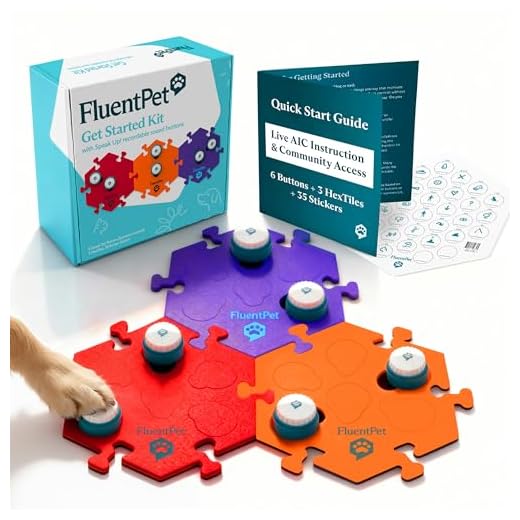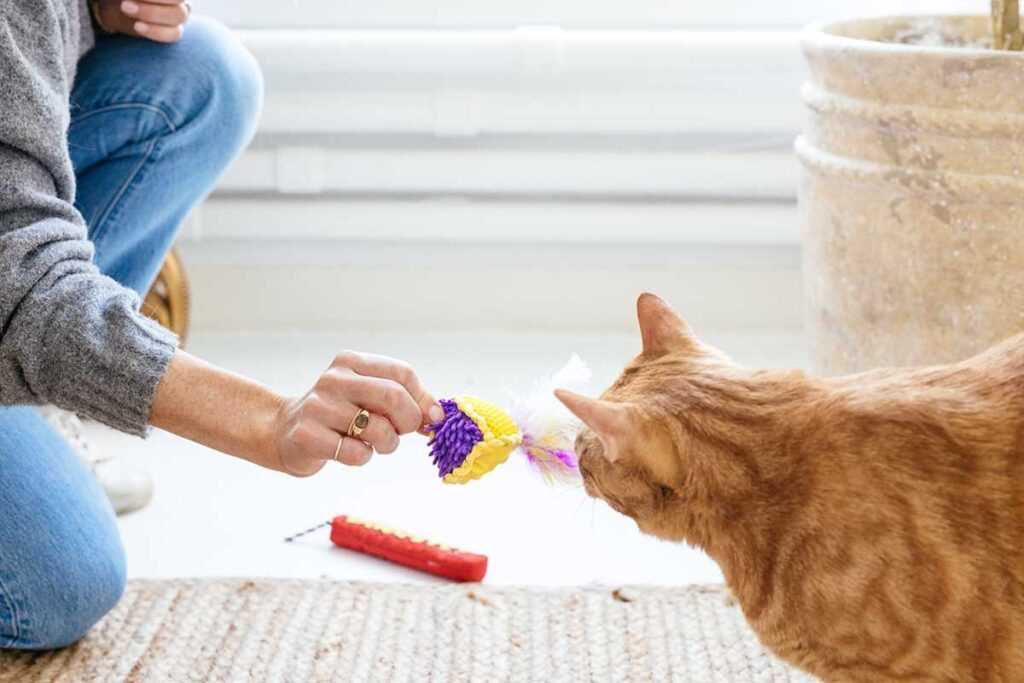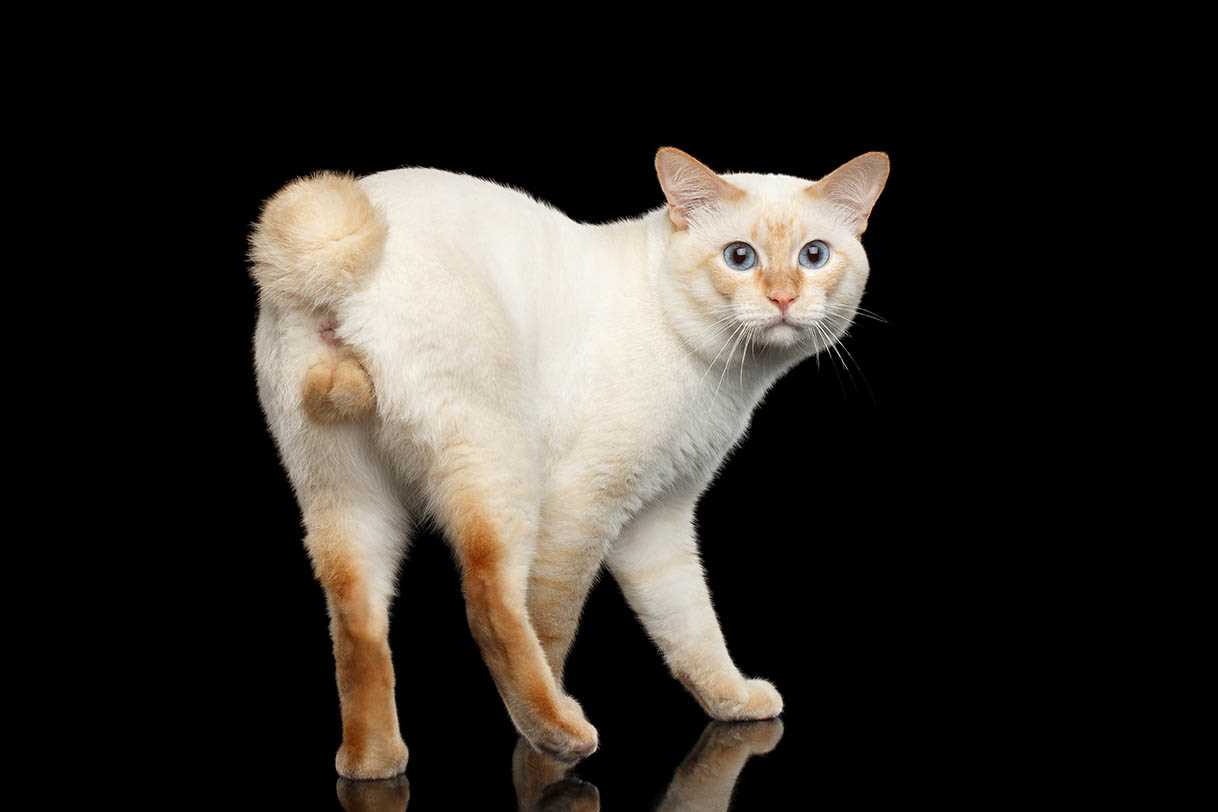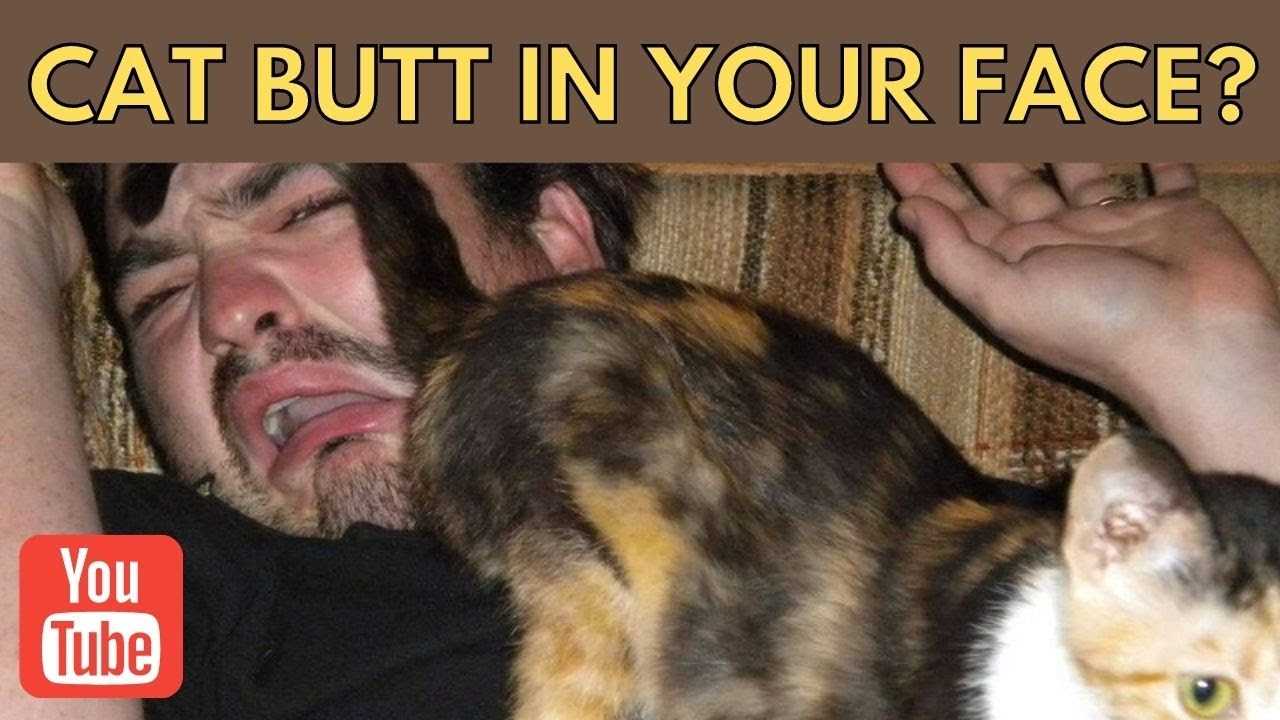



When I present my rear to you, it’s not an insult or a sign of disrespect. Instead, this behavior is a friendly gesture, a way of saying, “I trust you!” In the feline world, this posture is akin to a handshake, indicating comfort and familiarity.
Additionally, this action serves another purpose: it’s a method of communication. Through scent marking, I share my presence and territory with you. My unique fragrance carries information about my mood and health, allowing you to connect with me on a deeper level.
To enhance our bond, reciprocate with gentle petting and affection. Acknowledge my offering to strengthen our relationship. Understanding these subtle yet significant signals will lead to a more harmonious environment for both of us.
Understanding Feline Communication Through Body Language

Pay close attention to tail movements; a high tail signals confidence and friendliness, while a low tail may indicate anxiety or submission. Ears also play a vital role–forward-facing ears show curiosity, while flattened ears signal irritation or fear. Observing these cues helps interpret emotions accurately.
Pawing or kneading is often a sign of contentment, harking back to kittenhood when we would knead our mothers for milk. If you notice this behavior, it’s a clear indication of comfort and affection. However, be cautious; if the kneading turns aggressive, it might mean your furry friend is overstimulated.
Vocalizations vary significantly. Purring typically indicates relaxation, but be aware that some may purr when in pain. A sudden shift to loud meows or growls often signals distress or discomfort. Understanding these nuances can strengthen the bond between you and your furry companion.
For those moments when an accident happens and you need to clean up, check out this guide on how to clean cat pee from a mattress. Keeping the environment clean is essential for maintaining a happy and healthy space.
Common Reasons for This Behavior in Felines

It’s typical for a furry friend to present their rear end. Here are the main reasons behind this amusing habit:
1. Social Interaction
- Offering their backside is a friendly greeting among peers.
- This gesture signifies trust and comfort in your presence.
2. Scent Marking

- These creatures have scent glands located near their rear, which they use to communicate.
- By sharing their scent, they establish familiarity and territory.
3. Seeking Attention
- If your companion desires your focus, presenting their posterior is a playful way to engage you.
- This behavior often indicates a need for affection or interaction.
Keep in mind that while this behavior can be quirky, it’s a natural part of communication for these lovable creatures. If you’re curious about their grooming habits, check out how often should you give your cat a bath.
How to Respond Appropriately to Your Cat’s Actions
Gently acknowledge the behavior by offering a soft pet or scratch behind the ears. This reinforces the bond while showing acceptance of the quirky gesture.
If the action feels intrusive, calmly redirect attention with a toy or treat. This diverts focus and encourages interactive play, which is beneficial for mental stimulation.
Maintain a relaxed demeanor. Sudden movements or loud reactions may startle and create anxiety. Staying composed helps in building trust.
Observe body language closely. If your furry friend appears relaxed and content, continue to engage. If signs of discomfort arise, give space and allow for independence.
Consider your environment. Sometimes, stressors like loud noises or unfamiliar scents can provoke such actions. Eliminating these stressors can lead to more balanced behavior.
Regularly enrich their surroundings with climbing structures and scratching posts. Providing varied stimuli keeps them engaged and less likely to seek attention in disruptive ways.
Be patient. Quirky behaviors are often their way of communicating. Understanding and responding appropriately strengthens your relationship and fosters a happy home.
When I present my rear to you, it’s not an insult or a sign of disrespect. Instead, this behavior is a friendly gesture, a way of saying, “I trust you!” In the feline world, this posture is akin to a handshake, indicating comfort and familiarity.
Additionally, this action serves another purpose: it’s a method of communication. Through scent marking, I share my presence and territory with you. My unique fragrance carries information about my mood and health, allowing you to connect with me on a deeper level.
To enhance our bond, reciprocate with gentle petting and affection. Acknowledge my offering to strengthen our relationship. Understanding these subtle yet significant signals will lead to a more harmonious environment for both of us.
Understanding Feline Communication Through Body Language

Pay close attention to tail movements; a high tail signals confidence and friendliness, while a low tail may indicate anxiety or submission. Ears also play a vital role–forward-facing ears show curiosity, while flattened ears signal irritation or fear. Observing these cues helps interpret emotions accurately.
Pawing or kneading is often a sign of contentment, harking back to kittenhood when we would knead our mothers for milk. If you notice this behavior, it’s a clear indication of comfort and affection. However, be cautious; if the kneading turns aggressive, it might mean your furry friend is overstimulated.
Vocalizations vary significantly. Purring typically indicates relaxation, but be aware that some may purr when in pain. A sudden shift to loud meows or growls often signals distress or discomfort. Understanding these nuances can strengthen the bond between you and your furry companion.
For those moments when an accident happens and you need to clean up, check out this guide on how to clean cat pee from a mattress. Keeping the environment clean is essential for maintaining a happy and healthy space.
Common Reasons for This Behavior in Felines

It’s typical for a furry friend to present their rear end. Here are the main reasons behind this amusing habit:
1. Social Interaction
- Offering their backside is a friendly greeting among peers.
- This gesture signifies trust and comfort in your presence.
2. Scent Marking

- These creatures have scent glands located near their rear, which they use to communicate.
- By sharing their scent, they establish familiarity and territory.
3. Seeking Attention
- If your companion desires your focus, presenting their posterior is a playful way to engage you.
- This behavior often indicates a need for affection or interaction.
Keep in mind that while this behavior can be quirky, it’s a natural part of communication for these lovable creatures. If you’re curious about their grooming habits, check out how often should you give your cat a bath.
How to Respond Appropriately to Your Cat’s Actions
Gently acknowledge the behavior by offering a soft pet or scratch behind the ears. This reinforces the bond while showing acceptance of the quirky gesture.
If the action feels intrusive, calmly redirect attention with a toy or treat. This diverts focus and encourages interactive play, which is beneficial for mental stimulation.
Maintain a relaxed demeanor. Sudden movements or loud reactions may startle and create anxiety. Staying composed helps in building trust.
Observe body language closely. If your furry friend appears relaxed and content, continue to engage. If signs of discomfort arise, give space and allow for independence.
Consider your environment. Sometimes, stressors like loud noises or unfamiliar scents can provoke such actions. Eliminating these stressors can lead to more balanced behavior.
Regularly enrich their surroundings with climbing structures and scratching posts. Providing varied stimuli keeps them engaged and less likely to seek attention in disruptive ways.
Be patient. Quirky behaviors are often their way of communicating. Understanding and responding appropriately strengthens your relationship and fosters a happy home.
When I present my rear to you, it’s not an insult or a sign of disrespect. Instead, this behavior is a friendly gesture, a way of saying, “I trust you!” In the feline world, this posture is akin to a handshake, indicating comfort and familiarity.
Additionally, this action serves another purpose: it’s a method of communication. Through scent marking, I share my presence and territory with you. My unique fragrance carries information about my mood and health, allowing you to connect with me on a deeper level.
To enhance our bond, reciprocate with gentle petting and affection. Acknowledge my offering to strengthen our relationship. Understanding these subtle yet significant signals will lead to a more harmonious environment for both of us.
Understanding Feline Communication Through Body Language

Pay close attention to tail movements; a high tail signals confidence and friendliness, while a low tail may indicate anxiety or submission. Ears also play a vital role–forward-facing ears show curiosity, while flattened ears signal irritation or fear. Observing these cues helps interpret emotions accurately.
Pawing or kneading is often a sign of contentment, harking back to kittenhood when we would knead our mothers for milk. If you notice this behavior, it’s a clear indication of comfort and affection. However, be cautious; if the kneading turns aggressive, it might mean your furry friend is overstimulated.
Vocalizations vary significantly. Purring typically indicates relaxation, but be aware that some may purr when in pain. A sudden shift to loud meows or growls often signals distress or discomfort. Understanding these nuances can strengthen the bond between you and your furry companion.
For those moments when an accident happens and you need to clean up, check out this guide on how to clean cat pee from a mattress. Keeping the environment clean is essential for maintaining a happy and healthy space.
Common Reasons for This Behavior in Felines

It’s typical for a furry friend to present their rear end. Here are the main reasons behind this amusing habit:
1. Social Interaction
- Offering their backside is a friendly greeting among peers.
- This gesture signifies trust and comfort in your presence.
2. Scent Marking

- These creatures have scent glands located near their rear, which they use to communicate.
- By sharing their scent, they establish familiarity and territory.
3. Seeking Attention
- If your companion desires your focus, presenting their posterior is a playful way to engage you.
- This behavior often indicates a need for affection or interaction.
Keep in mind that while this behavior can be quirky, it’s a natural part of communication for these lovable creatures. If you’re curious about their grooming habits, check out how often should you give your cat a bath.
How to Respond Appropriately to Your Cat’s Actions
Gently acknowledge the behavior by offering a soft pet or scratch behind the ears. This reinforces the bond while showing acceptance of the quirky gesture.
If the action feels intrusive, calmly redirect attention with a toy or treat. This diverts focus and encourages interactive play, which is beneficial for mental stimulation.
Maintain a relaxed demeanor. Sudden movements or loud reactions may startle and create anxiety. Staying composed helps in building trust.
Observe body language closely. If your furry friend appears relaxed and content, continue to engage. If signs of discomfort arise, give space and allow for independence.
Consider your environment. Sometimes, stressors like loud noises or unfamiliar scents can provoke such actions. Eliminating these stressors can lead to more balanced behavior.
Regularly enrich their surroundings with climbing structures and scratching posts. Providing varied stimuli keeps them engaged and less likely to seek attention in disruptive ways.
Be patient. Quirky behaviors are often their way of communicating. Understanding and responding appropriately strengthens your relationship and fosters a happy home.










